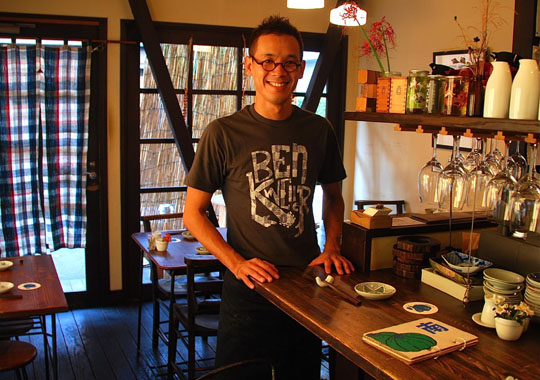Returning from any trip out of the country, it's always Japanese food that we crave. No need for anything fancy: hand-chopped soba at the neighborhood noodle shop will do us fine, or perhaps a few charcoal-grilled skewers of chicken at our local yakitori counter. This time, though, having been away for a few weeks, we decided on a quiet evening at Norabo.
This welcoming little restaurant in the residential back streets of Nishi-Ogikubo is just the place to relax and reacquaint the taste buds with the simple, subtle pleasures of Japanese cooking. It may be far from the bright lights of central Tokyo, but Norabo is drawing customers from well beyond the immediate catchment area. Like us, they converge to enjoy the mellow atmosphere and the distinctive cooking of owner-chef Makio Akemine.
These days vegetables are fashionable and so are the hip restaurants showcasing them. But when he opened Norabo back in 2002, Akemine had no eye on that burgeoning new trend. His only concern was — and still remains — to cook with the freshest ingredients possible.

















With your current subscription plan you can comment on stories. However, before writing your first comment, please create a display name in the Profile section of your subscriber account page.